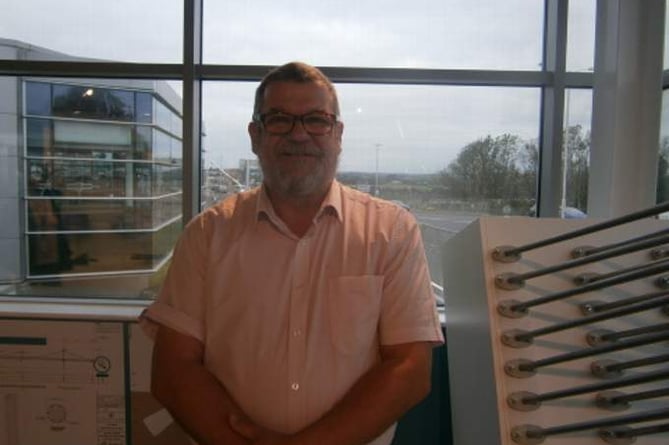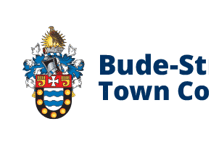MARK Tebbs is Heritage Officer at the Bridging the Tamar interpretation centre, which allows the public a glimpse into the history and structure of both the Royal Albert Bridge which carries the Great Western Railway mainline into Cornwall and dates from 1859, and the Tamar Bridge carrying the A38 trunk road and which dates from just over 100 years later.
The centre also looks at the long history of ferries across the river – not only today’s Torpoint Ferry but also the former Saltash Ferry which ran in some shape or form for hundreds of years.
In the 18th century it was the formidable women of Saltash who rowed travellers across the water, while later ferries were powered by steam.
Mr Tebbs says he joined the team planning the heritage centre at a fairly early stage and said it had initially been quite daunting seeing how much wall display space they had to fill, and the project had taken a great deal of work and research in association with organisations like Saltash Heritage.
While there was a huge amount of archive material relating to the construction of the Tamar Bridge, perhaps surprisingly it was more difficult to find material about the building of the Brunel rail bridge – but Saltash Heritage, Network Rail and societies celebrating the work of the great Victorian engineer had helped to fill many of the gaps.
An important function of the heritage centre is education of younger age groups in the STEM subjects (Science, Technology, Engineering and Maths), so the heritage displays have to strike a balance between use of informative words and imaginative use of pictures, maps and diagrams to explain the way in which the bridges were put together so that people of all ages can understand.
In fact, Mr Tebbs joked that they say their displays cover the ‘STEAM’ subjects – as they add Artwork to the mix as well.
Asked if there had been any previous schemes to build a road bridge before the 1950s, and Mr Tebbs said that the earliest suggestion had been in 1832, but it was thwarted by the need to satisfy the Admiralty that ships could pass underneath.
It had not been until Brunel had come along that an engineer of sufficient calibre to build a rail bridge had been found, as the Admiralty insisted that there should be 100ft of clearance above high water mark under the bridge and that it should have only a single support in the river channel.
But for a century longer road users had to rely on the ferries or go the long way round via the 16th-century Newbridge at Gunnislake.
However, the ferries on the Saltash crossing were comparatively small, so with increasing car use by the early 1950s, the traffic queues waiting for the ferry were stretching all the way up the hills from the Waterside and into the town.
It was clear that something had to be done to improve the transport infrastructure, so the Admiralty was consulted again.
At one point a tunnel under the riverbed was mooted but that idea proved far too expensive, so eventually a suspension bridge high enough for ships to pass under was the solution.
Another purpose of the Bridging the Tamar heritage centre is to provide the public with tours of the bridge structure. I was one of the journalists attending the press day who was taken on a tour of the narrow maintenance walkways passing through and around the cross-bracing under the bridge deck.
Helping me to get kitted up with a high-viz jacket and hard hat was heritage centre volunteer Robert, who told me that he had retired not so long ago and when the Bridging the Tamar centre opened, his wife had suggested he apply to become a helper “to give him something to do”.
In the event, no sooner had he completed the training for the role than we all went into COVID lockdown. However, he said he was now getting back into the swing of helping to provide an interesting experience and insight into the Tamar Bridge for visitors.
He said that in Cornwall we don’t celebrate the wonderful things on our doorstep enough – we all know about the traffic on the bridge but we also need to recognise that these two structures, the Royal Albert Bridge and Tamar Bridge, are iconic pieces of engineering.




